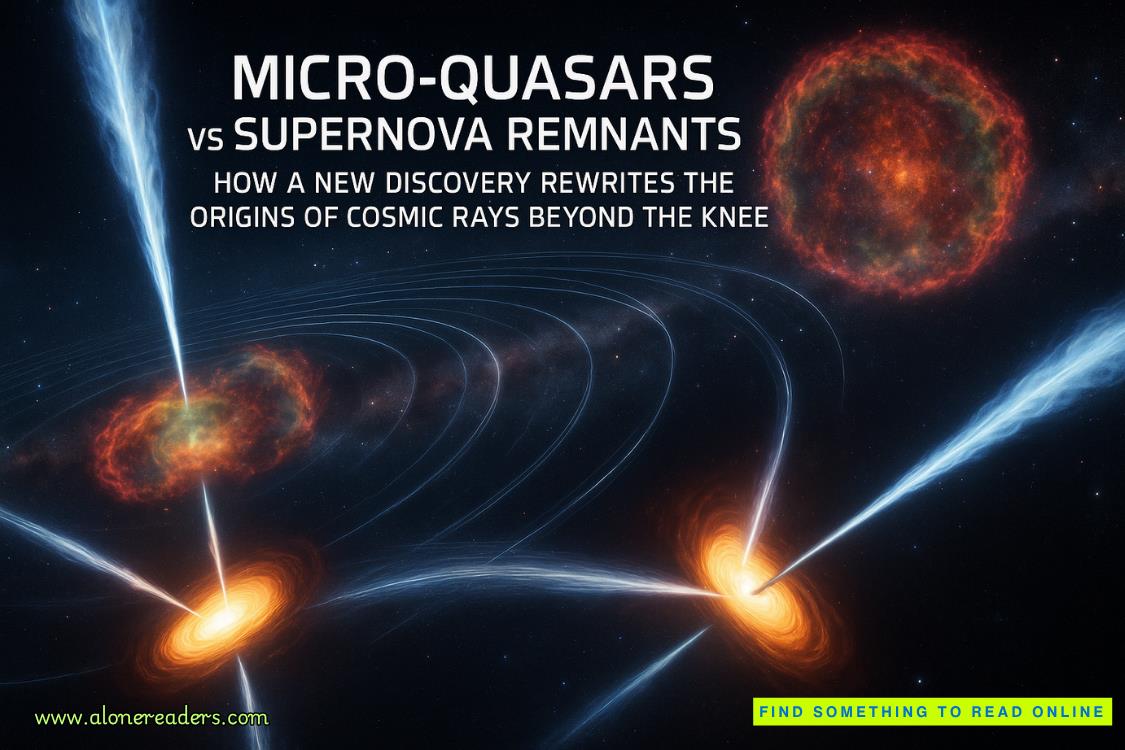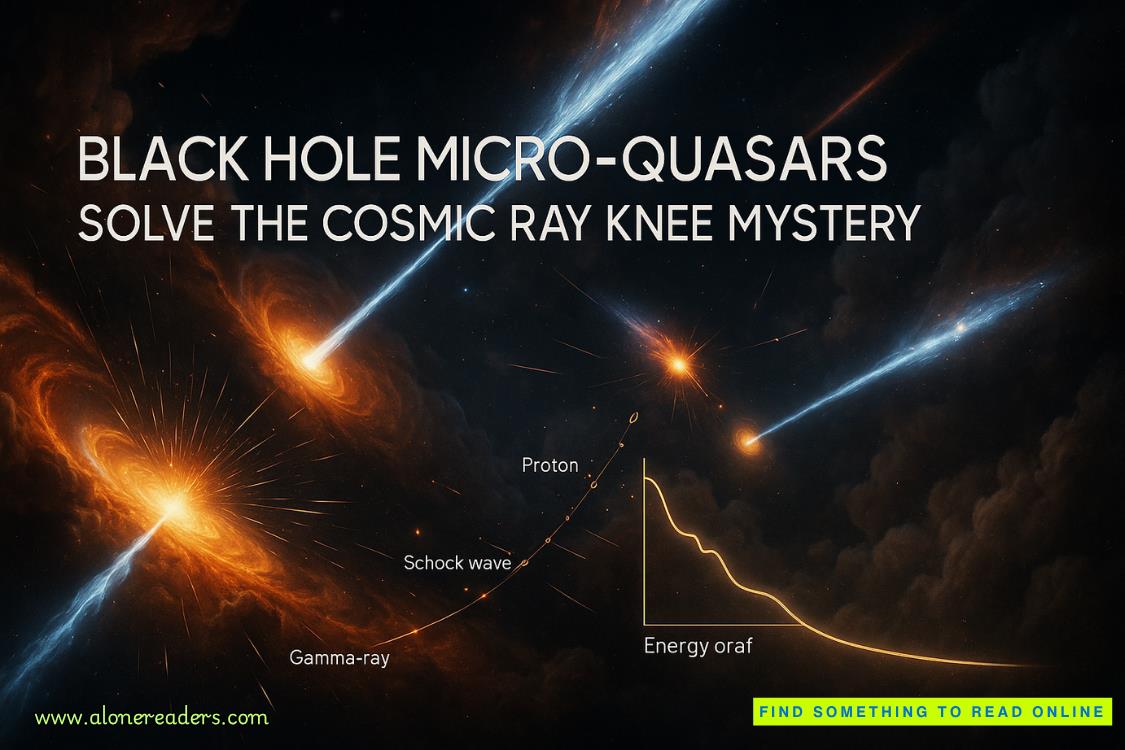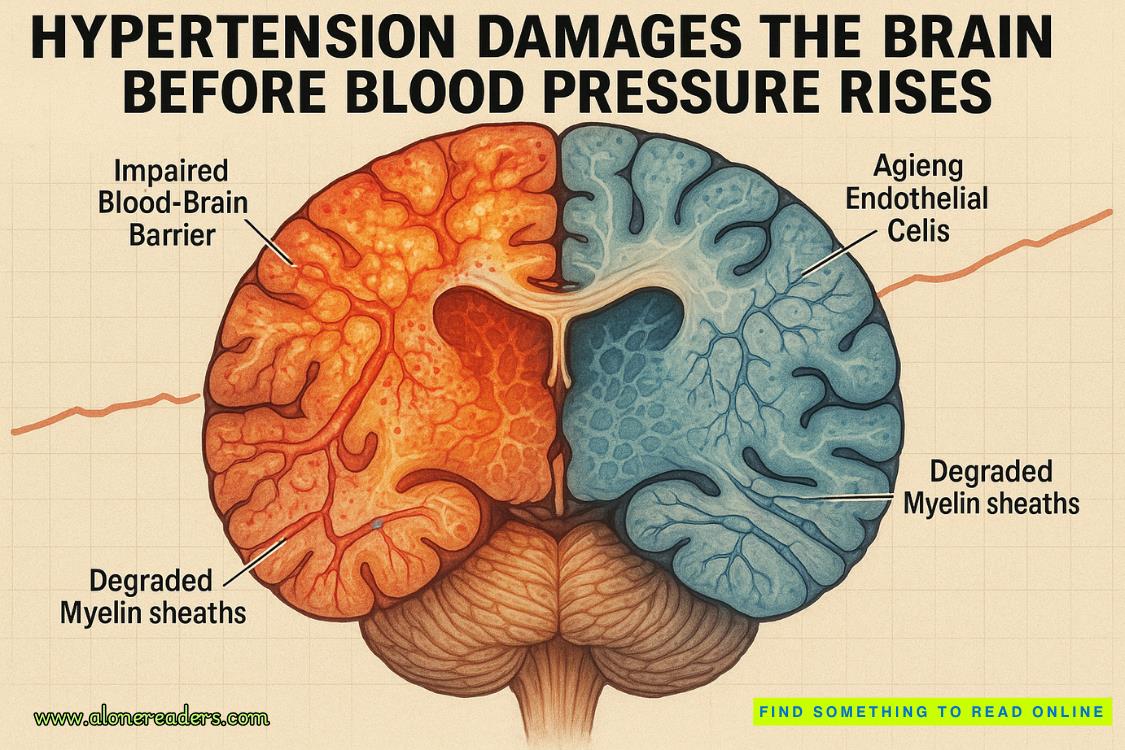Page 5 of Nebula Hearts
I turn toward the fissure before my face does something equally revealing. “Come on, Commander. Time’s wasting.”
“Good.”
That smile transforms her face. The genuine one, not the professional expression she uses during briefings.
I signal to Sarpi, who’s visible in the distance heading back from the ship. He alters course toward us. When he’s close enough to hear, I call out: “Change of plans. We need to survey the fissure first. Set up that equipment at the relay and monitor the systems. Call if you detect any additional seismic activity.”
“Got it.” Sarpi waves acknowledgment and continues toward the relay station.
Aris glances back to make sure I’m following. Her expression is pure excitement mixed with determination, like someone who’s just been granted permission to do exactly what they’ve been wanting to do.
And despite every professional instinct I possess, despite the pressure of the mission and the five thousand lives in our hands,I find myself almost looking forward to seeing what she’s going to discover.
Almost.
I increase my pace slightly. Not because I’m concerned she’ll actually go ahead without me. But because I am, in fact, concerned she’ll actually go ahead without me.
Dr. Aris Saavik is going to be the professionally interesting death of me.
ARIS
The shoulder light on my suit cuts through the darkness as we step inside the fissure. The temperature drops immediately, at least ten degrees cooler than outside.
“Watch your step,” Tynrax says behind me. “The floor slopes downward.”
“I see it.” I’m already moving forward, scanner out, recording everything. The walls are smooth. Not naturally smooth, worked smooth. Someone carved this passage. “This is definitely artificial construction.”
“Agreed.” His light joins mine. “But nothing that I recognize.”
The corridor leads deeper into the cliff, sloping at maybe a fifteen-degree angle. Gentle enough to walk easily but steep enough that we’re definitely going underground.
Geometric patterns lined the walls here as well, not decorative, I realize as I examine them more closely. Mathematical. Each pattern connects to the next in sequences that look almost like equations.
“Maybe these aren’t just pretty designs,” I say, running my scanner over them. “I wonder if they’re functional. Look at thespacing, the ratios. This is information encoded in architectural form.”
“Or instructions.” Tynrax stops beside me, studying the patterns. His markings brighten slightly, violet light reflecting off the stone walls. “If this facility served a purpose, these could be operational guidelines.”
“For what, though?”
“Unknown.” But he’s still looking at the patterns, and I can see the gears turning in his head. He’s an engineer. He sees functional design the same way I see geological formations, as puzzles waiting to be solved.
We continue down the corridor. My scanner beeps steadily, recording air composition, temperature, structural integrity. Everything reads normal. Safe. The air is breathable, the structure stable. No sign of instability or danger.
Just ancient architecture that shouldn’t exist.
The corridor opens into a chamber. Large. My light sweeps across the space and I have to stop and just stare for a second because this is amazing .
The room is maybe ten meters across and equally tall. The ceiling arcs overhead in a perfect dome, and every surface is covered in those geometric patterns. More elaborate here. More complex. The mathematical precision is beautiful in a way that makes my scientist brain very happy.
“Okay,” I breathe. “This is so cool.”
“Very cool,” Tynrax agrees, which might be the most enthusiastic I’ve ever heard him.
In the center of the chamber, there’s a raised platform. Circular, maybe three meters in diameter, with steps leading up to it. And on the platform...
The metal is dark, not reflective. It seems to absorb light rather than bounce it back. I angle my light to get a better look,and the alloys shift color slightly. Blue-black to deep violet to almost green depending on the angle.
“I’ve never seen anything like this.” I pull out my scanner and take readings. The composition fluctuates, which doesn’t make sense. Metal alloys shouldn’t change properties just because I’m looking at them from different angles. “The scanner can’t get a stable reading. Whatever this material is, it’s not in my database.”















